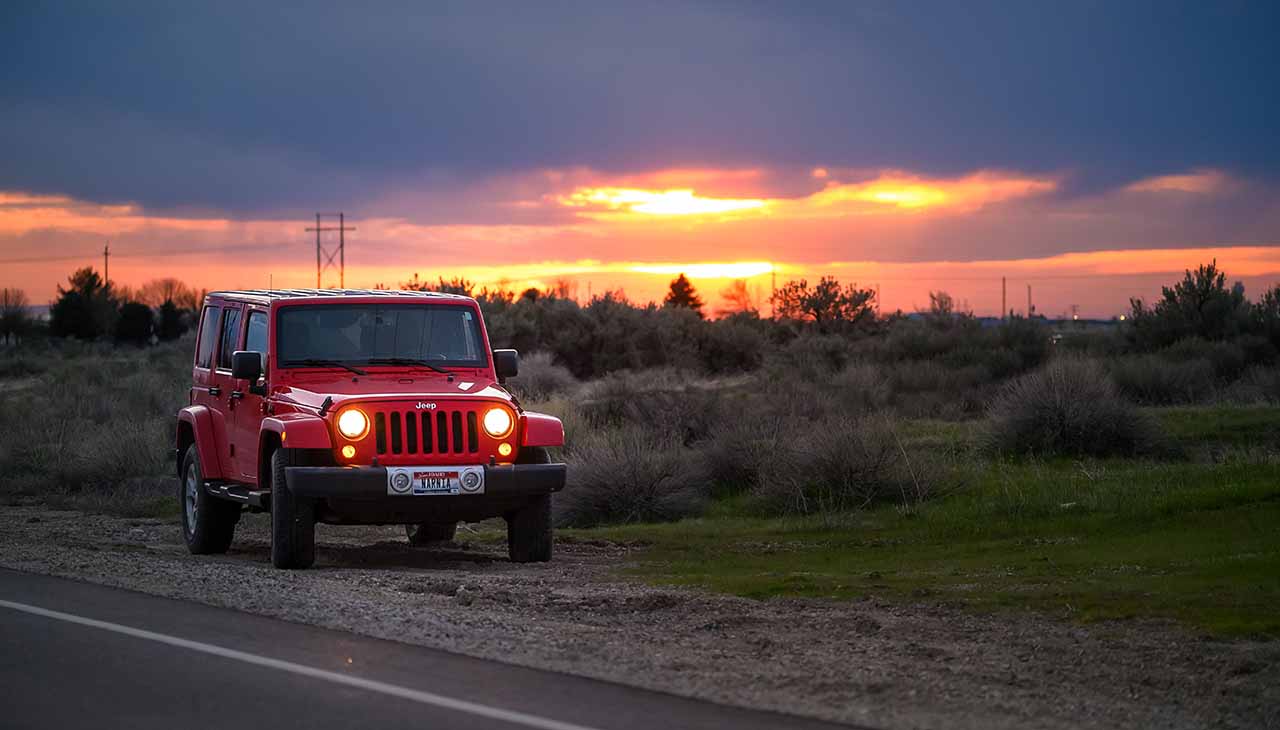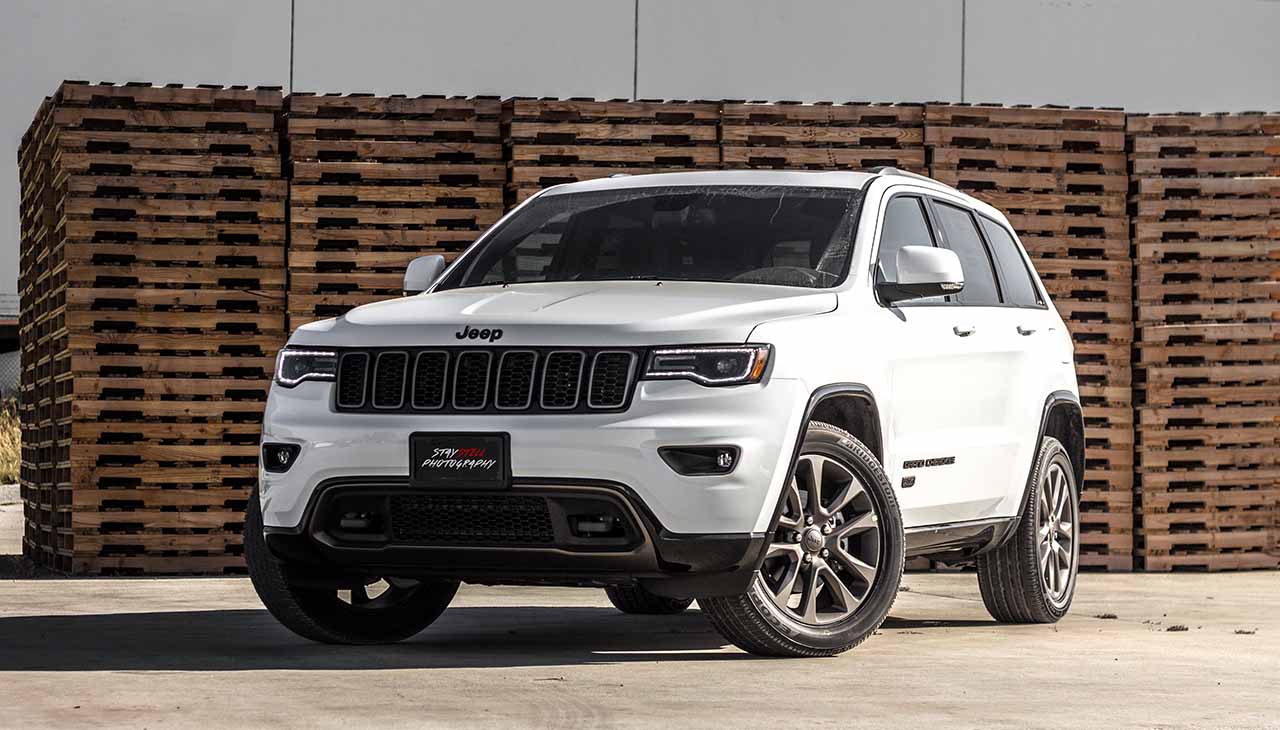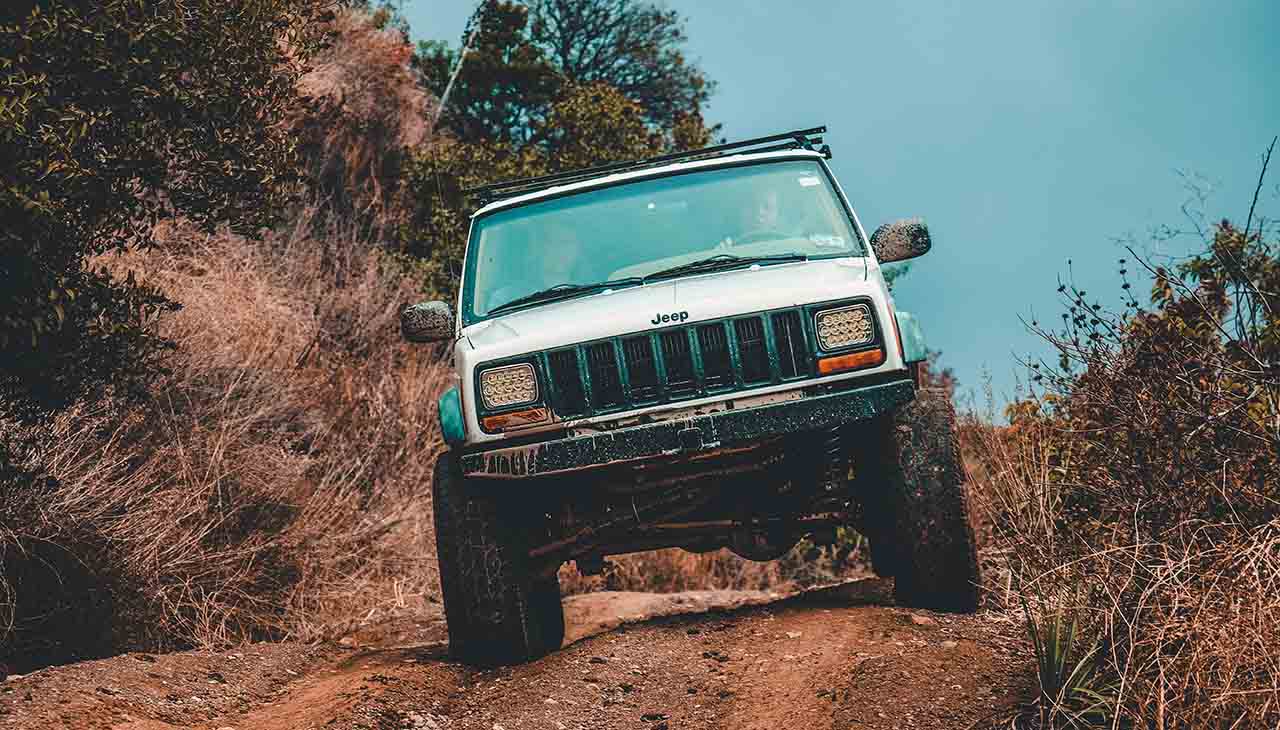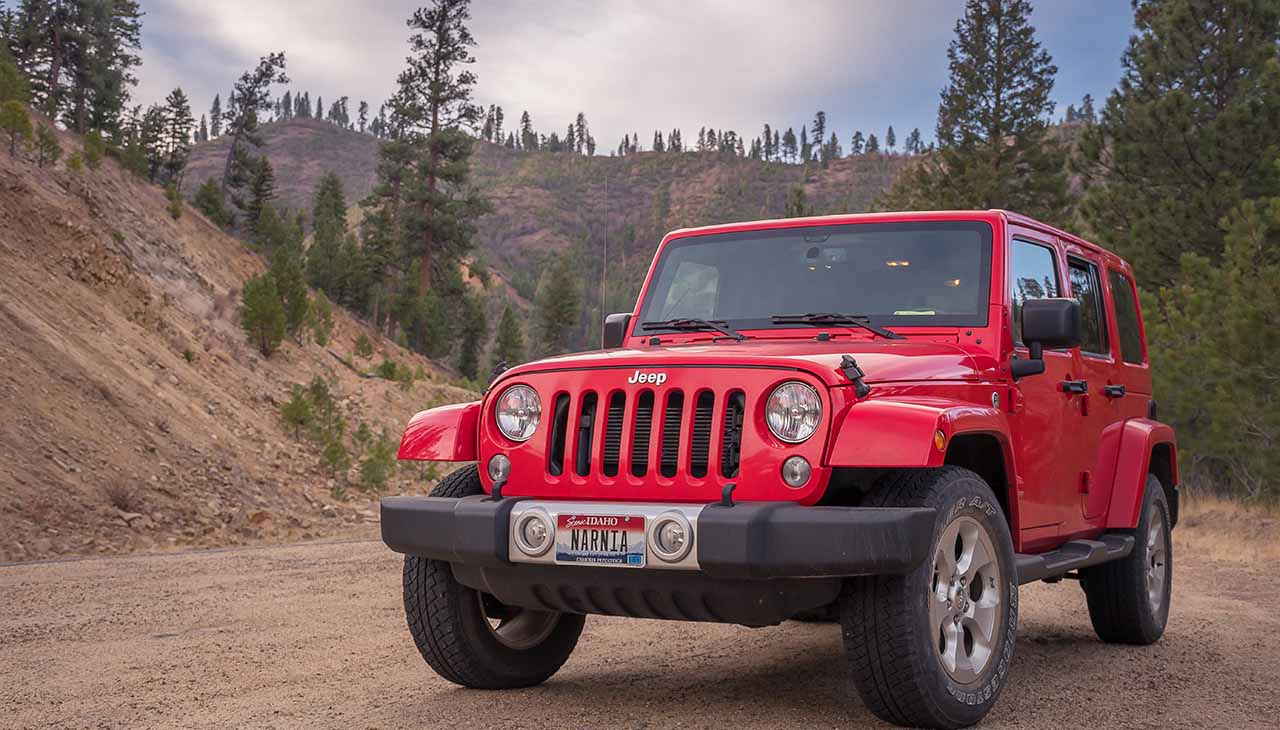Navigating the World of Jeep Restoration: Tips for Vintage Jeep Enthusiasts
In the world of automotive restoration, few ventures stir up as much excitement and passion as restoring a vintage Jeep. For enthusiasts, bringing a classic Jeep back to its original glory is more than a hobby—it’s a homage to an iconic symbol of American durability and freedom. The journey of Jeep restoration is an adventure in itself, filled with learning, challenges, and ultimately, the satisfaction of seeing a piece of history roar back to life. Whether you’re an experienced restorer or a newcomer starting with your first project, this guide will provide essential tips and insights to help you navigate the world of Jeep restoration.
Research and Planning
The first step in any restoration project is comprehensive research and meticulous planning. Before embarking on your Jeep restoration journey, familiarize yourself with the model you have chosen. This involves understanding the unique specifications, common issues, and parts availability for that particular model. Look for resources such as manuals, online forums, and Jeep enthusiast groups to gather as much information as possible.
Planning is crucial to ensure a smooth restoration process. Create a realistic timeline for your project, factoring in potential delays due to part sourcing or unexpected difficulties. Additionally, preparing a budget can help prevent overspending and keep your project on track financially. Remember to include costs for parts, labor (if you’re not doing all the work yourself), and any unforeseen expenses that may arise. Embarking on your restoration project with a well-researched plan will set you up for a rewarding and successful experience.
Sourcing Parts and Materials
Locating the correct parts and materials is a crucial step in your Jeep restoration journey. For vintage Jeeps, sourcing authentic parts can be a challenge. Start by checking online auction sites, auto salvage yards, and specialized auto parts retailers. Jeep-specific forums and social media groups can also be valuable resources, as members often have parts for sale or trade, or can provide leads on where to find them.
Remember, not every part has to be original. Some parts may be too difficult or expensive to find, and in these cases, reproductions are a viable alternative. Reproduction parts can be just as good as the originals, and in some cases, they may even be better in terms of quality and reliability. However, ensure they are from a reputable manufacturer to avoid compromising the quality of your restoration.
When it comes to materials, quality is paramount. Whether it’s paint, upholstery, or mechanical fluids, choose materials that are known for their durability and performance. It’s also worth considering environmentally friendly options, as many modern materials offer equivalent performance with less environmental impact. Ultimately, the parts and materials you choose will play a significant role in the longevity and authenticity of your restoration, so take the time to make informed decisions.
Tools and Equipment
Having the right tools and equipment at your disposal is key for a successful Jeep restoration. Basic mechanical tools including wrenches, sockets, pliers, screwdrivers, and a quality hydraulic jack are essential. Specialized tools such as torque wrenches, pullers, and a multimeter may also be required depending on the depth of your restoration.
Investing in a good workbench and a sturdy tool chest can help you keep your workspace organized and efficient. If you’re planning on doing bodywork, consider tools like body hammers, dollies, a sandblaster, and a high-quality spray gun for painting.
For safety, always have a fire extinguisher on hand and use personal protective equipment such as gloves, safety glasses, and ear protection when necessary.
Lastly, a reliable service manual specific to your Jeep model will be your most valuable tool. Manuals often provide step-by-step instructions, detailed illustrations, and helpful tips for both minor repairs and major restorations.
Body and Frame Restoration
The body and frame are the foundation of your vintage Jeep, and their restoration requires considerable care and attention. Begin by thoroughly inspecting the Jeep for signs of damage such as dents, rust, or structural issues. Take note of these areas, as they’ll likely need extra work.
Rust is the most common issue with vintage vehicles, and Jeeps are no exception. Areas like the floor panels, fenders, and undercarriage are particularly susceptible to rust. Depending on the severity, rust can be treated with a rust converter, or the affected part may need to be replaced entirely.
When it comes to dents and other forms of physical damage, traditional body repair techniques like hammering and filling are typically employed. However, for severe damage, professional help may be required.
Once the body and frame are free from rust and dents, it’s time for painting. Choose a color that matches the original as closely as possible for an authentic restoration. Use high-quality automotive paint for durability and a professional finish.
Remember, body and frame restoration is a meticulous process that can take a significant amount of time. Be patient, and take your time to ensure the best possible outcome. The result will not only improve your Jeep’s aesthetics but also its longevity and performance.
Engine and Mechanical Restoration
Restoring the engine and other mechanical systems is a critical aspect of your Jeep restoration project. Start by evaluating the condition of the engine, transmission, brakes, suspension, and electrical system. If your Jeep has been sitting idle for a long period, the engine may require a complete overhaul. This can include replacing worn-out components like piston rings, bearings, and seals, as well as cleaning and machining the engine block and cylinder heads.
When restoring the transmission, you’ll want to check for any signs of wear or damage. Rebuilding the transmission may involve replacing components like clutches, bearings, seals, and gaskets. Similarly, the braking system of an old Jeep may need significant work. This can involve replacing brake pads, rotors, calipers, and brake lines, and possibly upgrading to a more modern and efficient braking system.
The suspension system, which ensures a smooth ride and handles off-road performance, may also need attention. Replacing old springs and shock absorbers can vastly improve the Jeep’s ride quality and handling. When working on the electrical system, check all the wiring and replace any frayed or damaged wires. Pay special attention to essential components like the battery, alternator, and starter motor, as these are critical for the vehicle’s operation.
Throughout the mechanical restoration process, take the time to clean and repaint parts as necessary. This not only improves the appearance of the components but also provides a layer of protection against rust and corrosion. Remember, restoring the engine and mechanical systems of your Jeep is not just about improving performance and reliability, but also about reviving the heart and soul of your vintage vehicle.



